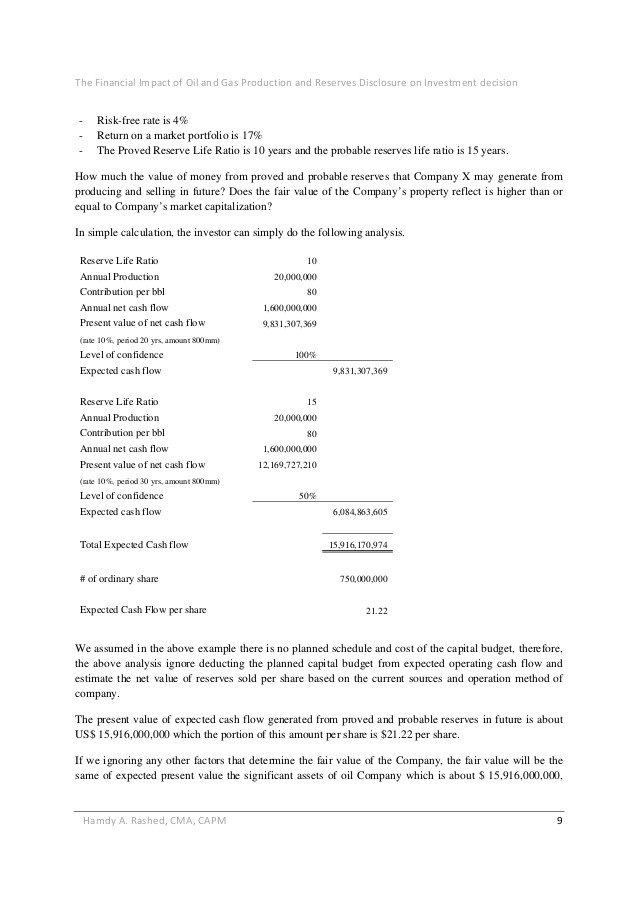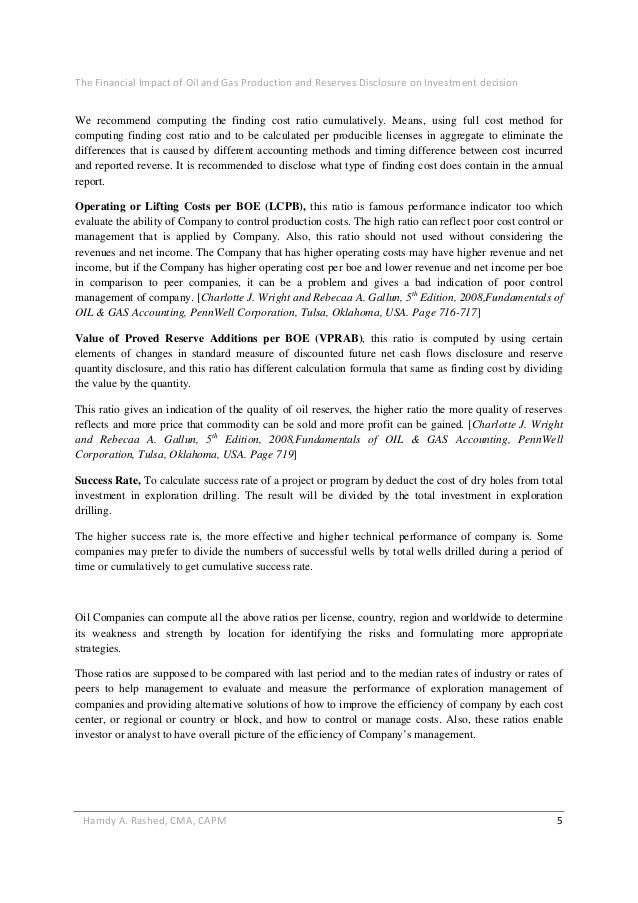Key Ratios When Evaluating Stocks Advice About Finance
Post on: 4 Июнь, 2015 No Comment

There are many schools of thought when it comes to picking the right stocks. I won’t go into too much detail about the different styles of evaluation, but rather explain the key ratios in determining the most important aspects of a stock. If you want to quickly value a company like how Warren Buffett does, here are the key ratios to use when evaluating stocks. With these 4 metrics, you will be able to identify a good company from a bad company. Hopefully you can find a good company that is undervalued (in the future I will briefly describe what value investing is and the style I was taught while working at the investment firm in Chicago). Here are some Key ratios when evaluating stocks.
EPS, Earnings Per Share
Earnings per share measures the amount of earnings for each share of stock outstanding.
If two companies have earnings of $100 each and company A has 10 stocks while company B has 50, which one will you want to own?
Company A EPS = 10
Company B EPS = 2
You probably chose company A right? This is actually irrelavent. You use EPS when comparing companies in the same industry. However, you need to look at other ratios to find out if a company’s stock is good enough to purchase, or is undervalued.
EPS is generally considered one of the most important variables in determining a company’s stock price. It basically tells you earnings per single share, and serves as an indicator of a company’s profitability.
An important aspect of EPS that is often ignored is the capital used to generate these earnings. Two companies can have the same amount of earnings, but one company can produce the same amount with less investment. All else equal, that company would be more efficient at generating earnings with less investment than the other company. Looking at other key ratios gives us a better understanding of the performance of a company so it is best to not just rely on EPS.
P/E or Price/Earnings ratio basically tells you how cheaply a stock is trading at based on its earnings.
P/E ratio = Market Price Per Share / Annual Earnings Per Share
For example, if stock XYZ is trading at a stock price of $25 and the earnings per share for the most recent 12 month period is $5, then stock A has a P/E ratio of 25/5 or 5. The purchaser of the stock is paying $5 for every dollar of earnings of the company. When a company has a loss (negative earnings) or no profit, then it has an undefined P/E ratio.
In general terms, the lower the P/E ratio is for a company, the cheaper it is per dollar earnings. Often times companies that are expected to have higher earnings or potential growth with have really high P/E ratios. For example, tech companies and internet companies often have high P/E ratios because the market sees them possible growing exponentially from a recent innovation for example while a company like a telecommunications company like At&t has a lower P/E ratio because the future growth is not as high since hardline telephones are not seen to grow exponentially.
This measure determines the relative trade off between the price of a stock, the earnings generated per share (EPS), and the company’s expected growth.
The growth rate is expressed as a percentage above 100%, and should use real growth only, to correct for inflation. E.g. if a company is growing at 30% a year, and has a P/E of 30, it would have a PEG of 1.

Typically the lower the ratio the cheaper it is (better), and the higher it is, the more expensive the stock is (worse) .
PEG is used to find if a stock is under or overvalued. A company with a PEG ratio of 1 is said to be trading at a fair value. PEG ratio is most useful when evaluating companies with high growth potential, for companies that have limited/slower growth, it is less accurate. Usually these companies offer an attractive dividend to offset the lure of high growth.
ROE is expressed as a percentage and calculated as:
Return on Equity = Annual Net Income(after tax)/Shareholders Equity
Shareholder’s equity is the shareholder’s ownership of the company and can be calculated by taking the assets and subtracting the liabilities. Assets Liabilities = Shareholders equity.
ROE is important because it basically measures how much profit a company can generate based on the investment shareholders have made. It is best used to compare companies in the same industry to determine which is best at providing good returns with investors money.
If a company is good at making huge returns, it is best if they use their earnings to reinvest it in the business. Also watch out if the company gives a dividend on common shares or a combination of dividends and reinvestment in the company. Look at the balance sheet of APPLE, I suspect that they will buy back shares or give a dividend, or both since their ROE is so high .
So go take a look on yahoo finance and start hunting for some good companies!
If you like what you read, follow me on twitter @samleefinance to get more updates on all things finance and entrepreneurship (along with witty dialogue and inspiring quotes) and like my facebook page.














